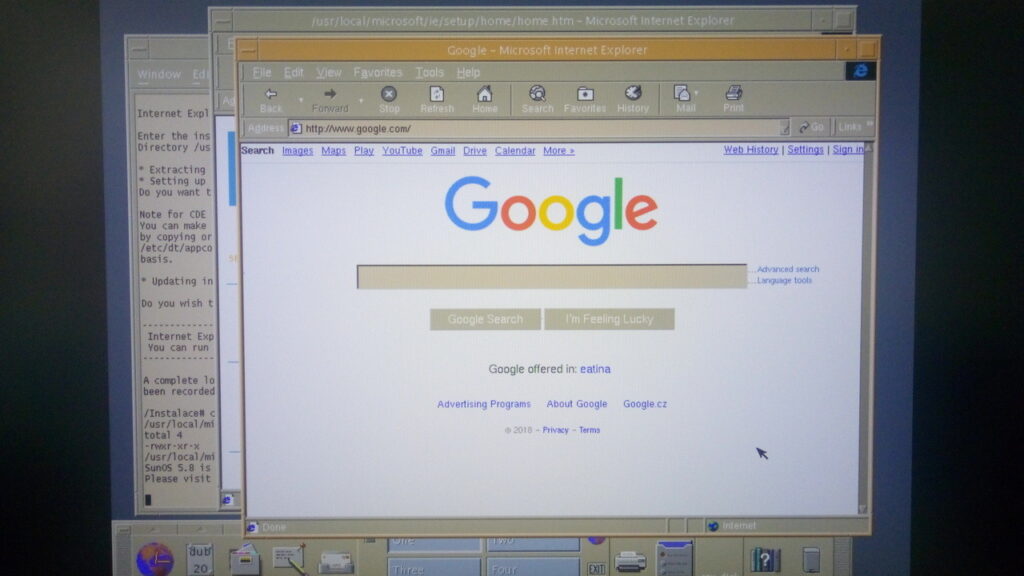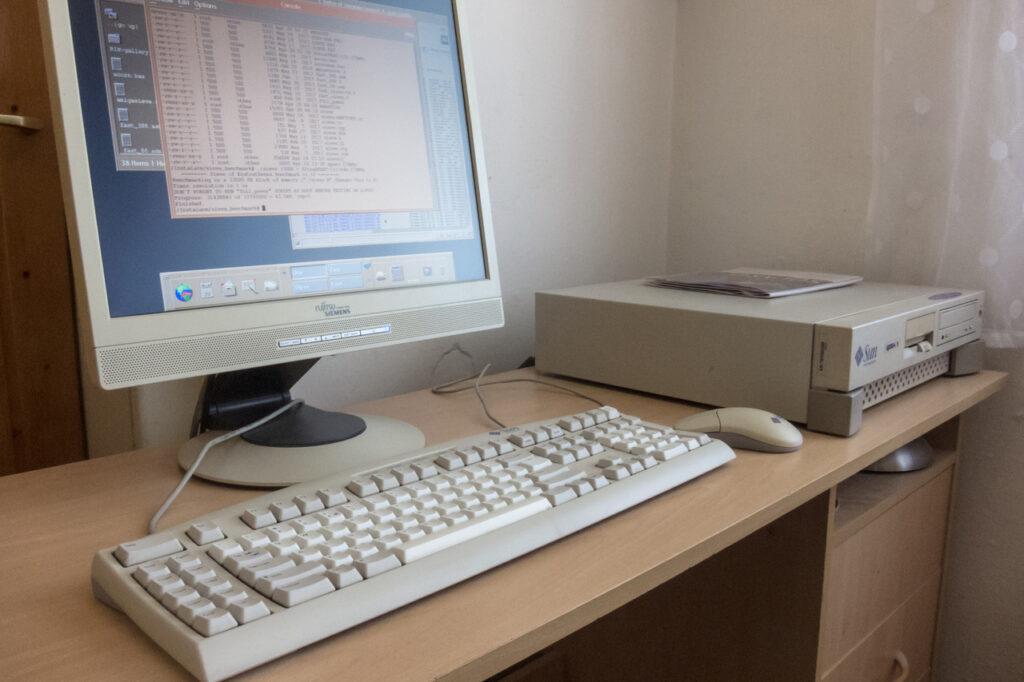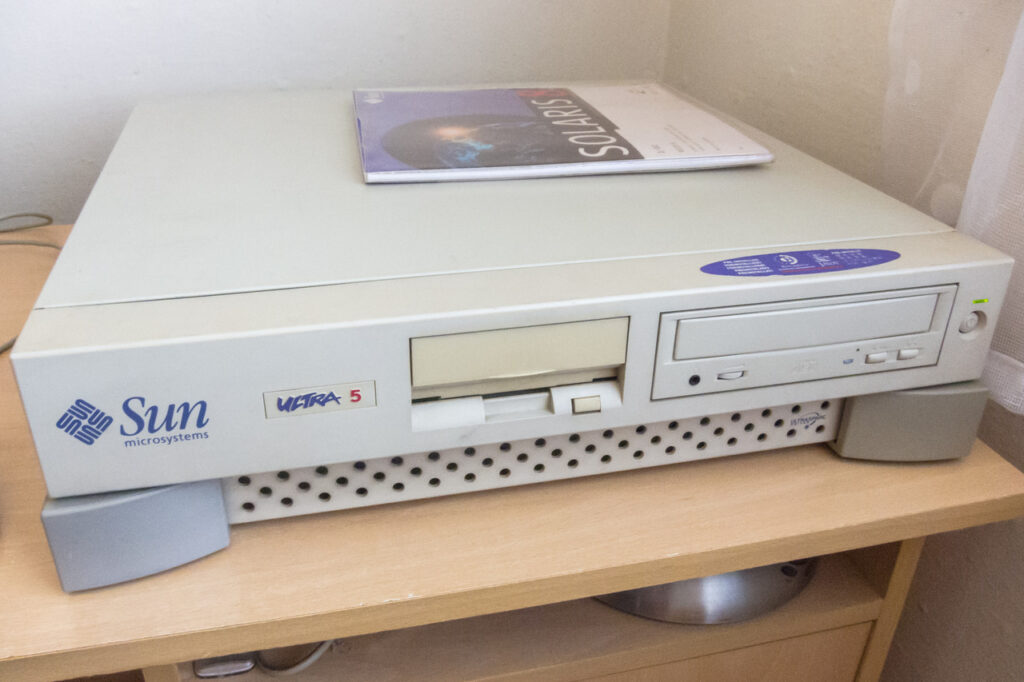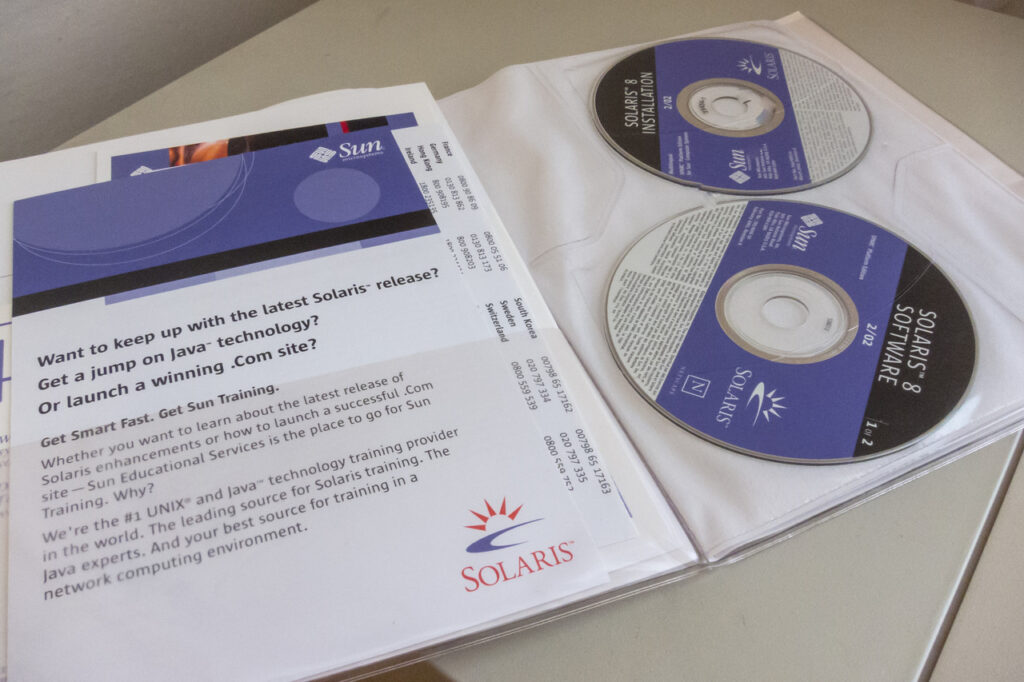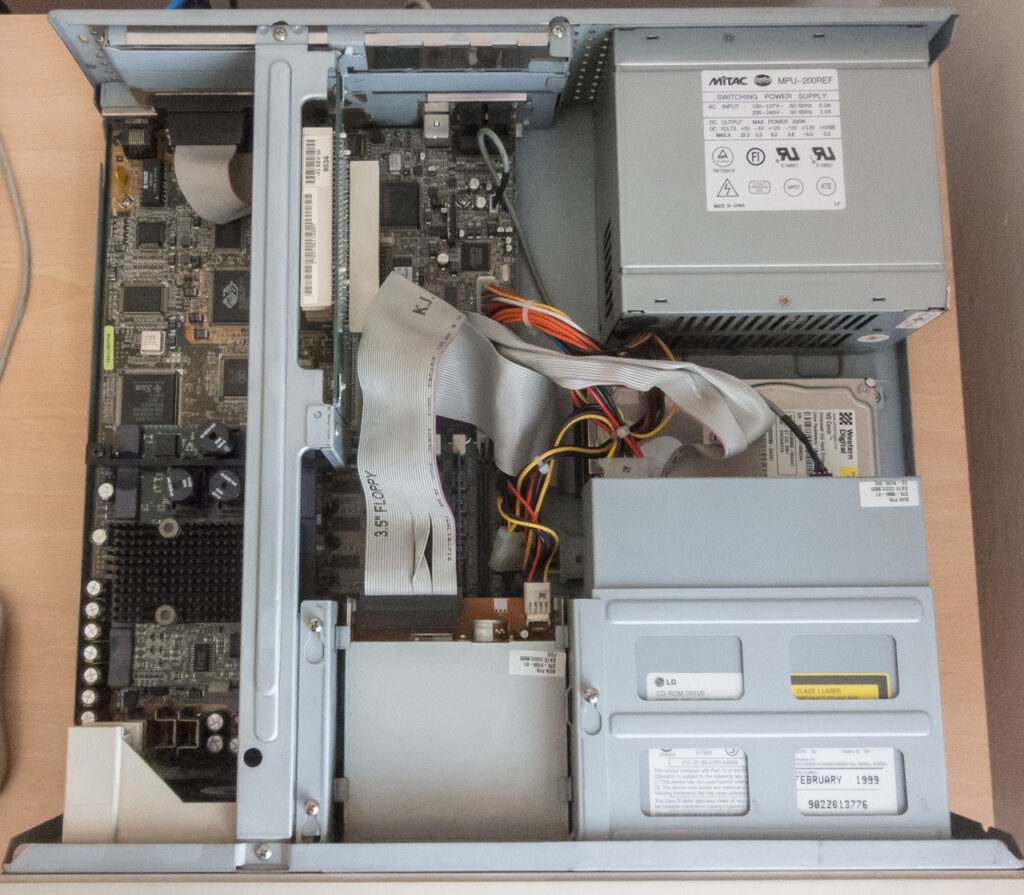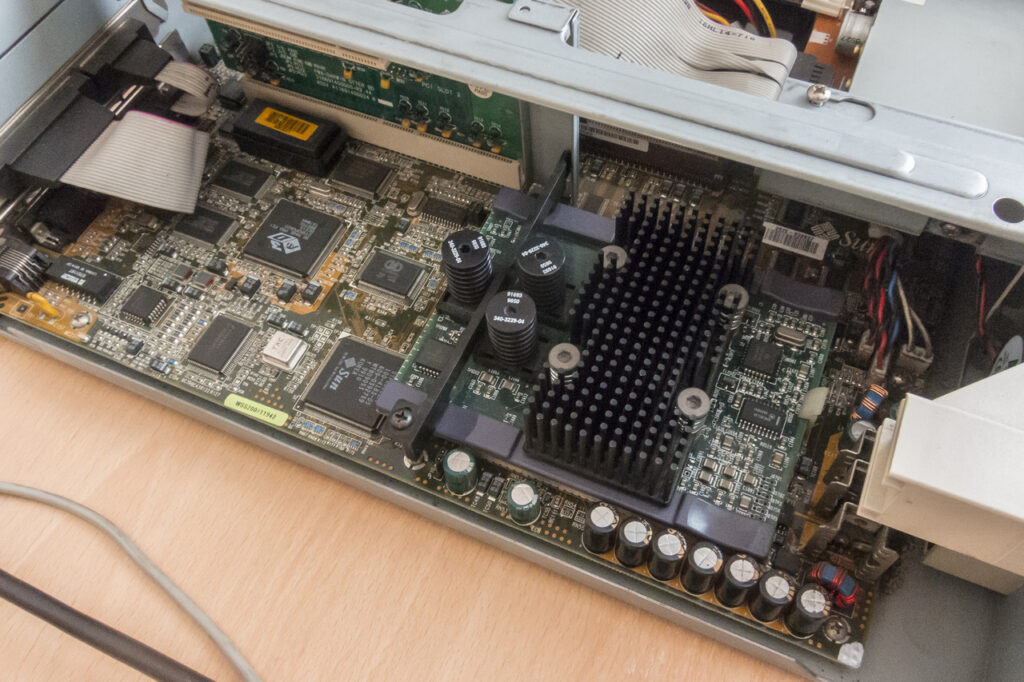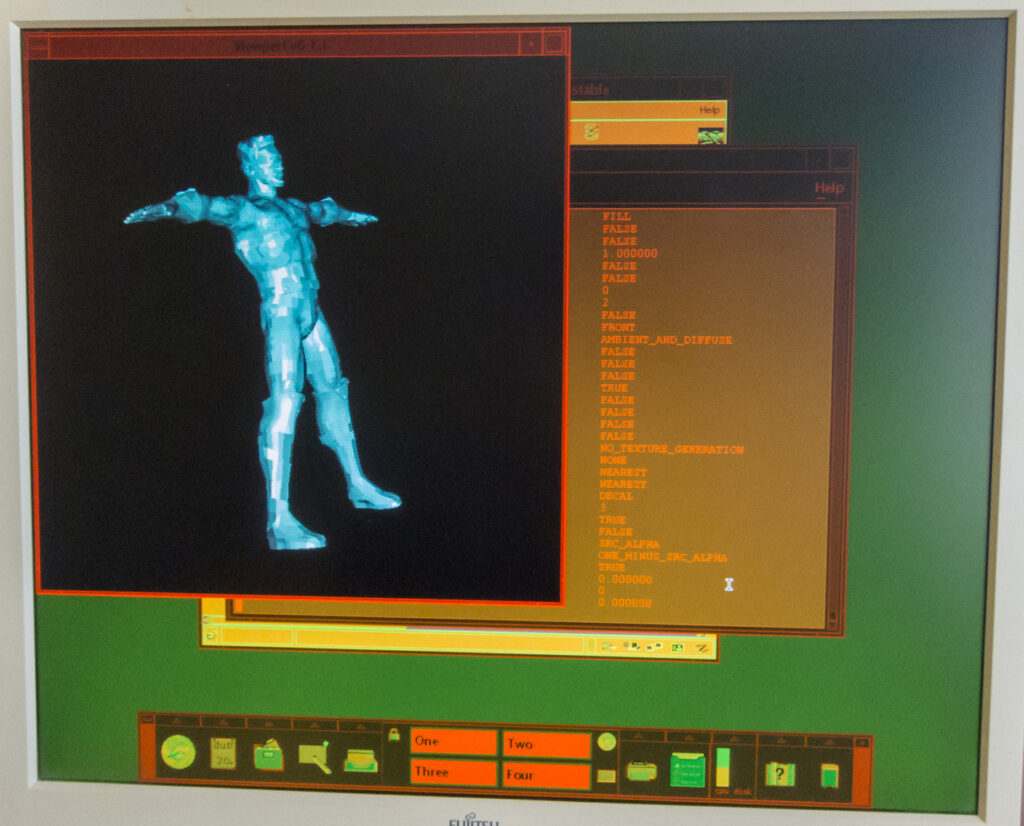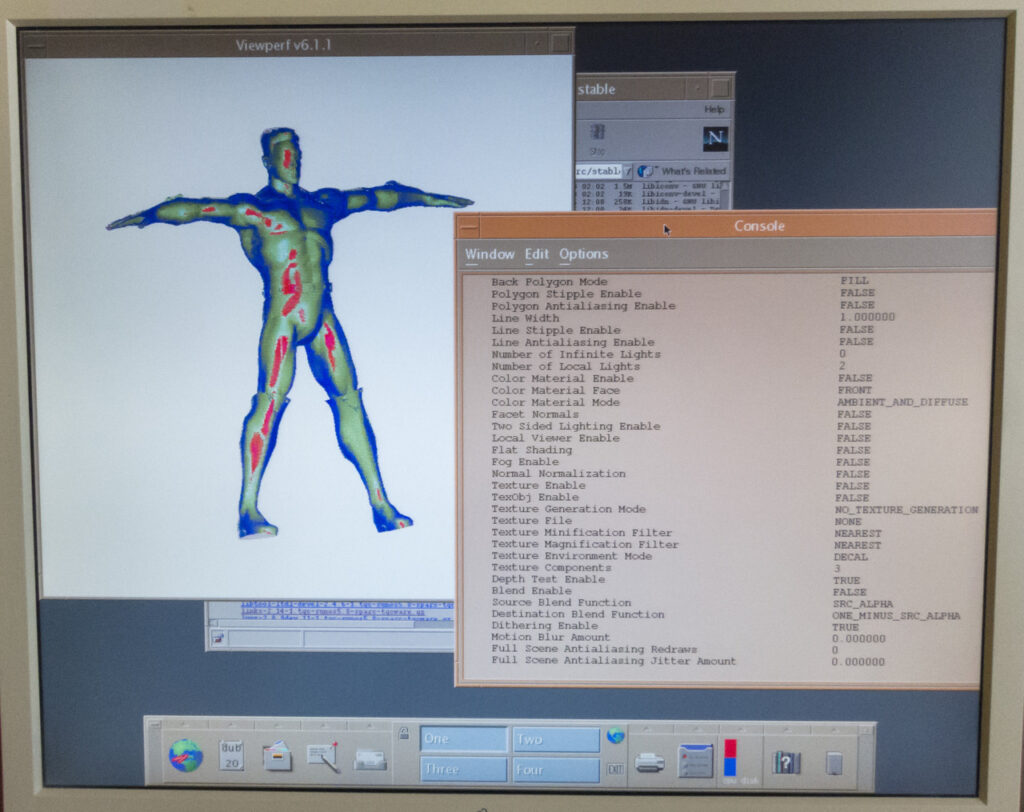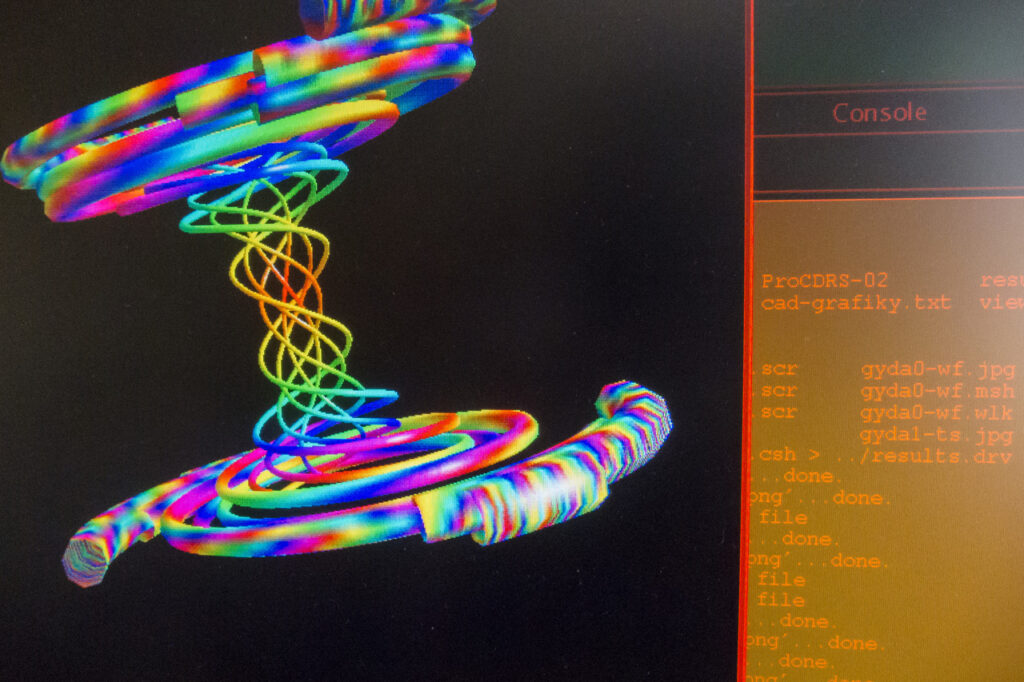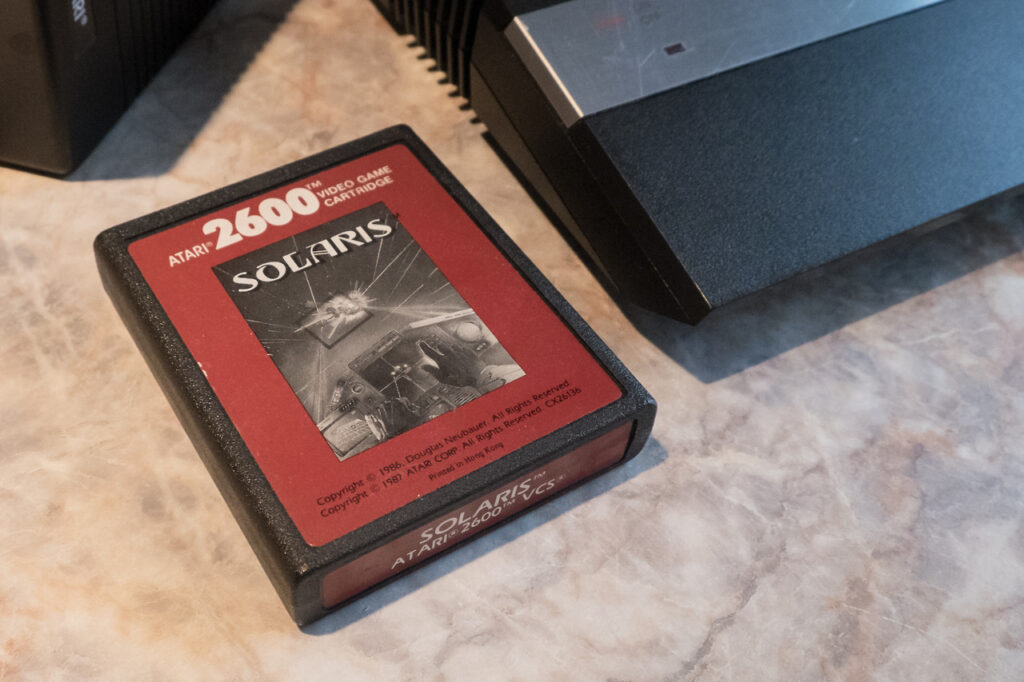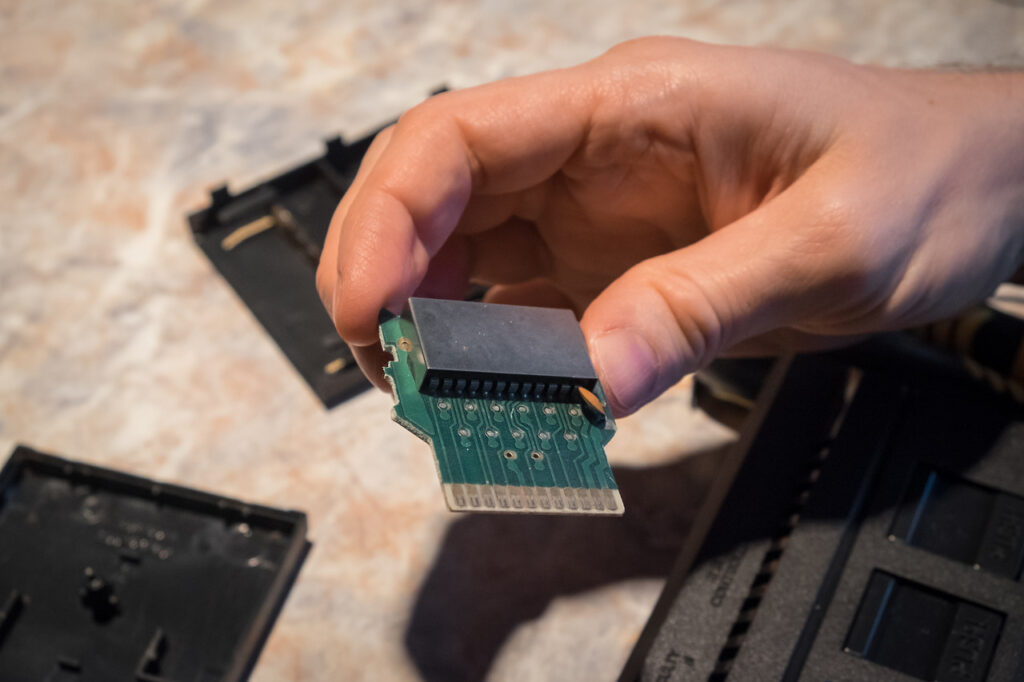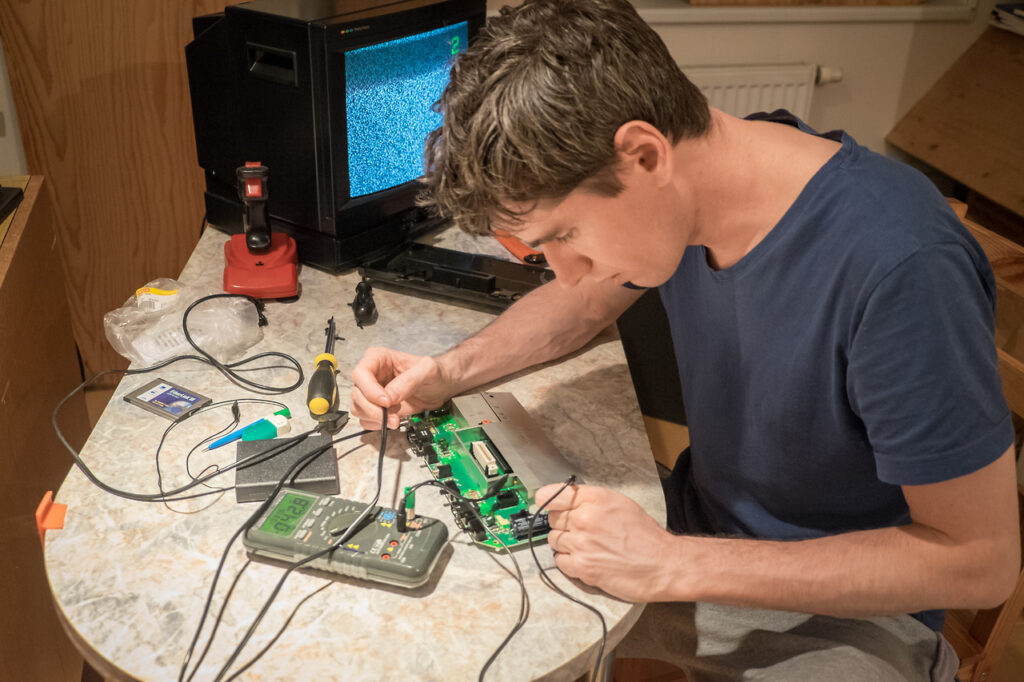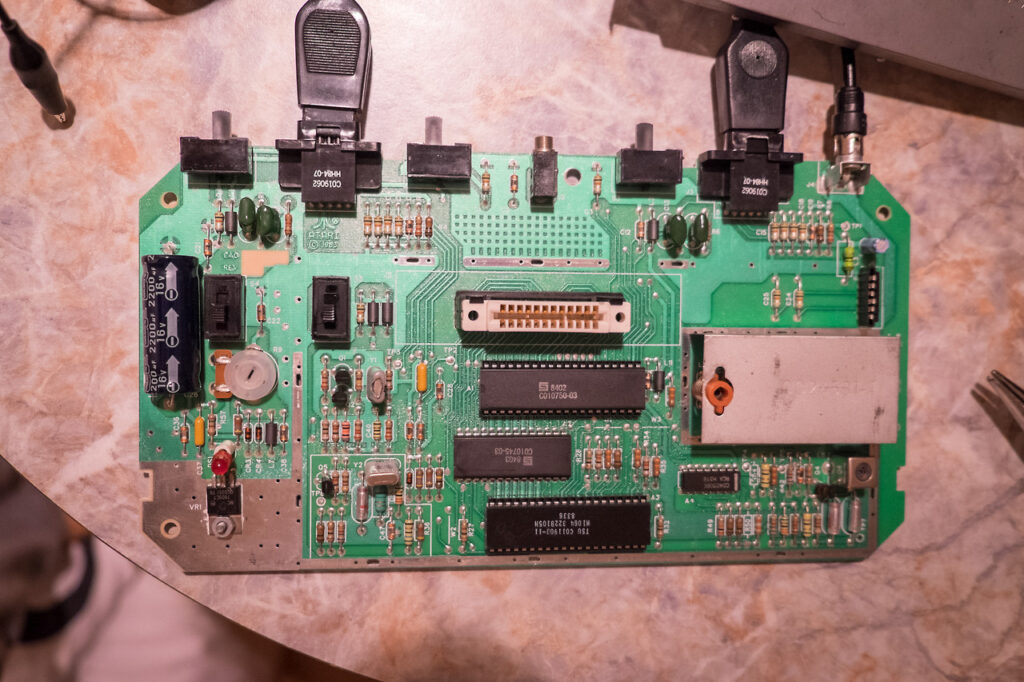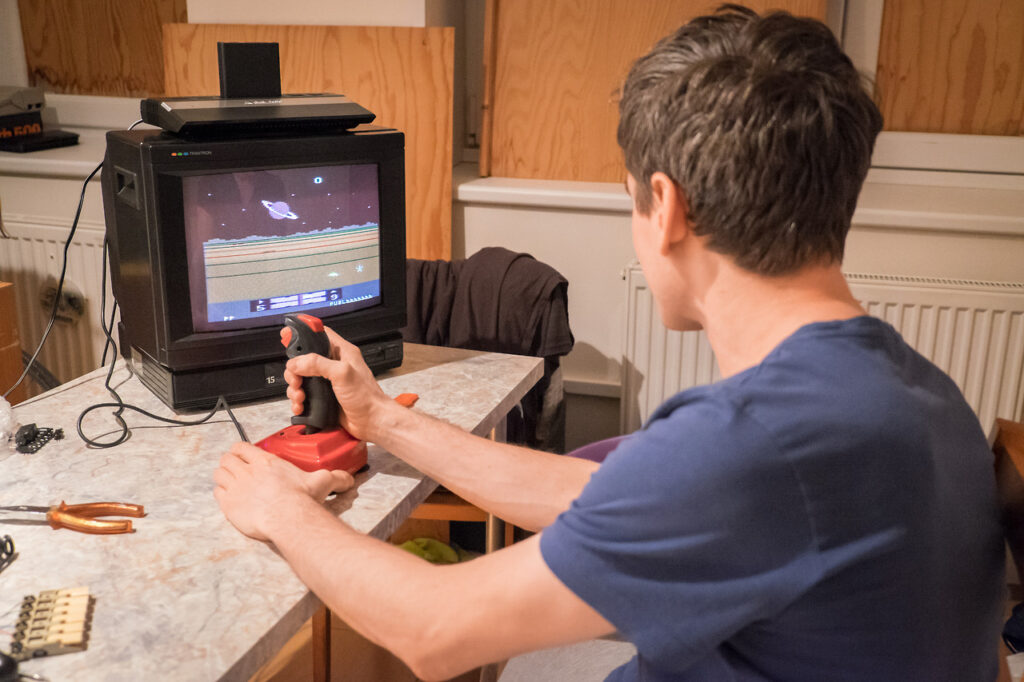solaris
Sun Ultra 5 Workstation (1998)
After the introduction of Windows NT and later introduction of Intel Pentium Pro, the PC platform slowly became a big threat for UNIX workstation manufacturers. Most of them disappeared from the market. Some still exist but they don’t make UNIX workstations anymore.
Sun was well aware of the issue and introduced low-cost UNIX workstations based on their own UltraSPARC CPUs. Unlike other models, these were made mostly from off-the-shelf PC components. There are industry standard EDO RAM modules (with ECC) and the frame buffer is in fact an ordinary $40 ATI Rage Pro PCI video chip. All on-board devices communicate over the standard PCI bus and mass storage devices are connected to an IDE controller instead of more common SCSI (at the time).
On the other hand, there is a full-blown UltraSPARC II CPU similar to the ones in Sun’s high-end workstations. There were two configurations available at the beginning. The lower-end one with 270-MHz CPU has 256 KB of external (L2) cache. Its integer performance is on par with similarly clocked Pentium II and the floating point performance is up to 25% higher (comparable with 290-MHz DEC Alpha). The 333-MHz configuration has 2 MB of external cache which can double the performance in certain types of tasks (+80% in SPECfp95).
Let’s put Ultra 5 in the 1998’s workstation perspective. The main target for this machine was “technical computing”. With the price starting below $5.000, Ultra 5 was the easiest way to get a new UNIX workstation. Low-spec SGI O2 workstations cost about $8.000 and their R5000 CPUs were much slower. An R10000-based O2 would be comparable in terms of computational performance. However, such machine was not available under $15.000. To be fair, SGI O2 can handle 3D in hardware (triangle setup, Z-buffer, texturing) and, according to my testing, even the configuration with 180-MHz R5000 (true-color RGB888) is 3-3.5x faster in OpenGL tasks than 270-MHz Ultra 5 (256-color-only mode with RGB332).
Ultra 5 utilizes its on-board ATI Rage Pro chip only for simple 2D acceleration (BitBlt) and the driver made by Sun ignores all video and 3D capabilities of the chip. Solaris doesn’t support the 16-bit color mode (only 8, 24 and 24+8 are supported) which is the only one where ATI’s chip can handle 3D acceleration. Although the chip didn’t shine in image (3D) image quality, its raw performance in professional OpenGL applications was similar to the SGI O2 integrated video (tested under Windows NT). There is no excuse for not using the video acceleration. Rage Pro was pretty good in video (filtered scaling, color conversions,…) and an average mid-end office PC with this chip (on-board) could easily outperform Ultra 5 in MPEG full-screen playbacks. 320×200@30fps video can be played back only in 1:1 mode. If the video is displayed in full-screen, frame rate drops to 1-2 fps.
This is my first experience with Sun workstations (apart from using Sun Ray thin clients at college) and I’m not very impressed. Basic administration is much more difficult than in IRIX or HP-UX (these two have nice GUI/TUI programs for this purpose). The keyboard has useless additional keys and the mouse cursor is refreshed only about 20x per second. The CPU performance was good at the time of introduction but everything else was not competitive in comparison with $4.000 Pentium II PCs. When it comes to multimedia support, even Linux distros from the 1998 were not worse than Solaris.
*) Last photos show that (unlike other UNIX workstations) Ultra 5 cannot handle multiple 8-bit palettes simultaneously. A whole palette is set according to needs of the window that is active, which results in psychedelic color effects. On the contrary, Windows 9x and NT were ready for dealing with single-palette video chips by reserving about 20 colors for GUI. These colors could not be changed if the active application was not in the full-screen mode.


